Background
In 1528, King Henry VIII wrote the following letter to Anne Boleyn:
Mine own Sweetheart, this shall be to advertise you of the great elengeness that I find here since your departing; for, I ensure you methinketh the time longer since your departing now last, than I was wont to do a whole fortnight. I think your kindness and my fervency of love causeth it; for, otherwise, I would not have thought it possible that for so little a while it should have grieved me. But now that I am coming towards you, methinketh my pains be half removed; and also I am right well comforted in so much that my book maketh substantially for my matter; in looking whereof I have spent above four hours this day, which causeth me now to write the shorter letter to you at this time, because of some pain in my head; wishing myself (especially an evening) in my sweetheart’s arms, whose pretty duckkys I trust shortly to kiss.
Written by the hand of him that was, is, and shall be yours by his own will,
H.R.
David Starkey examines the letter in Six Wives and explains that the word ‘elengeness’ means loneliness, dreariness or misery (Pg. 339). He states that Henry would have encountered the word ‘in the continuation of the Romaunt of the Rose by a follower of Chaucer’:
She had a ….scrippe (bag) of faint distresse
That full was of elengenesse.
He goes on to say that Anne would have been familiar with the poem in its original French as well as in the English translation and would have understood the meaning immediately.
‘Elengenesse is a word for lovers, to describe the pangs that only lovers – separated by distance, or necessity, or a false parade of virtue – know. (Starkey, Pg. 340).
Although Anne had only been gone from Court a couple of days, to Henry it felt like ‘a whole fortnight’. He was dreaming of holding her in his arms and kissing her ‘pretty dukkys (breasts)’.
The only two things that comforted Henry was the ‘book’ he was writing to help argue the case for his divorce and the other consolation, ‘now that I am coming towards you methinketh my pains be half removed’.
Henry had decided that if Anne could not be with him in London, then he would visit her.
‘Or at least he would come almost half way and meet her in the vicinity of Beddington. This was the country seat of his friend and Anne’s cousin, Sir Nicholas Carew. Beddington is near Croydon in Surrey; it is some ten miles from London and about sixteen miles from Anne’s parents’ house at Hever. There Carew had turned his old family home into a ‘fair house (or palace rather)…which by advantage of the water is a paradise of pleasure.’ Even in November, it was a fitting retreat for the would-be lovers’ (Starkey, Pg. 340).
Henry spent four days of ‘business and pleasure at Beddington’ and returned to business in London on the 14 November (Starkey, Pg. 341).
Carew Manor
Carew Manor is located in Beddington Park and was the home of the Carew family. The family moved to Beddington in the 14th century but rose to prominence during the Tudor period.
Sir Nicholas Carew was one of Henry’s young favourites and a member of Henry’s Privy Chamber.
The Manor of Beddington continued in the Carew family until Sir Nicholas Carew was executed for treason in March 1539. His lands were seized and returned to the Crown but his son, Sir Francis Carew, was later restored to his inheritance under Mary I.
The home was rebuilt in its present form in about 1709 and another Nicholas Carew added two extra wings to the home. Unfortunately, a fire shortly after destroyed much of the interior.
The manor was home to the Royal Female Orphange Asylum and today is home to Carew Manor School.
The Great Tudor Hall, which boasts a fine arch-braced hammerbeam roof, still stands today and is the only grade 1 listed building in the Borough of Sutton.
For a more detailed description of the Hall visit Carew Manor Great Hall.
Not only is this an important stop On the Tudor Trail because it is a place that Henry and Anne visited, the grounds also resonate with the memories of other great Tudor personalities.
According to Alison Weir, on 4 May 1536, Jane Seymour took up temporary residence at Beddington Park (Pg. 321). Henry visited Jane discreetly under the cover of darkness.
Local legend has it that Elizabeth I and Sir Walter Raleigh used to take walks in the park and some even say that Raleigh’s embalmed head is buried on the grounds!
The grade I listed Hall is open on select days. Tours run on Sundays only, a couple of times a year. Tours cost £4 and must be booked in advance. Ring 020 8770 4781 for details.
The buildings and grounds of Carew Manor are steeped in Tudor history and I look forward to visiting one day.
References & Sources Love Letters of Henry VIII to Anne Boleyn, 2009. Starkey, D. Six Wives: The Queens of Henry VIII, 2004. Weir, A. The Six Wives of Henry VIII, 2007. British History Online, viewed March 25 2011, http://www.british-history.ac.uk/report.aspx?compid=45372&strquery=Manor%20of%20Beddington Carew Manor Great Hall, viewed March 25 2011, http://www.sutton.gov.uk/index.aspx?articleid=1299 History of Carew Manor, viewed March 25 2011, http://www.suite101.com/content/history-of-carew-manor-in-beddington-surrey-england-a270320 The Tudor Carews, viewed March 25 2011, http://www.sutton.gov.uk/index.aspx?articleid=1297
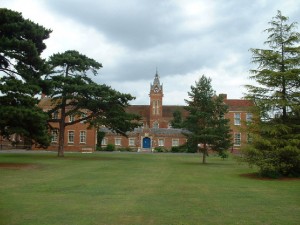
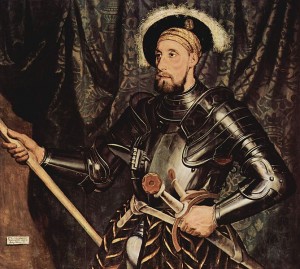







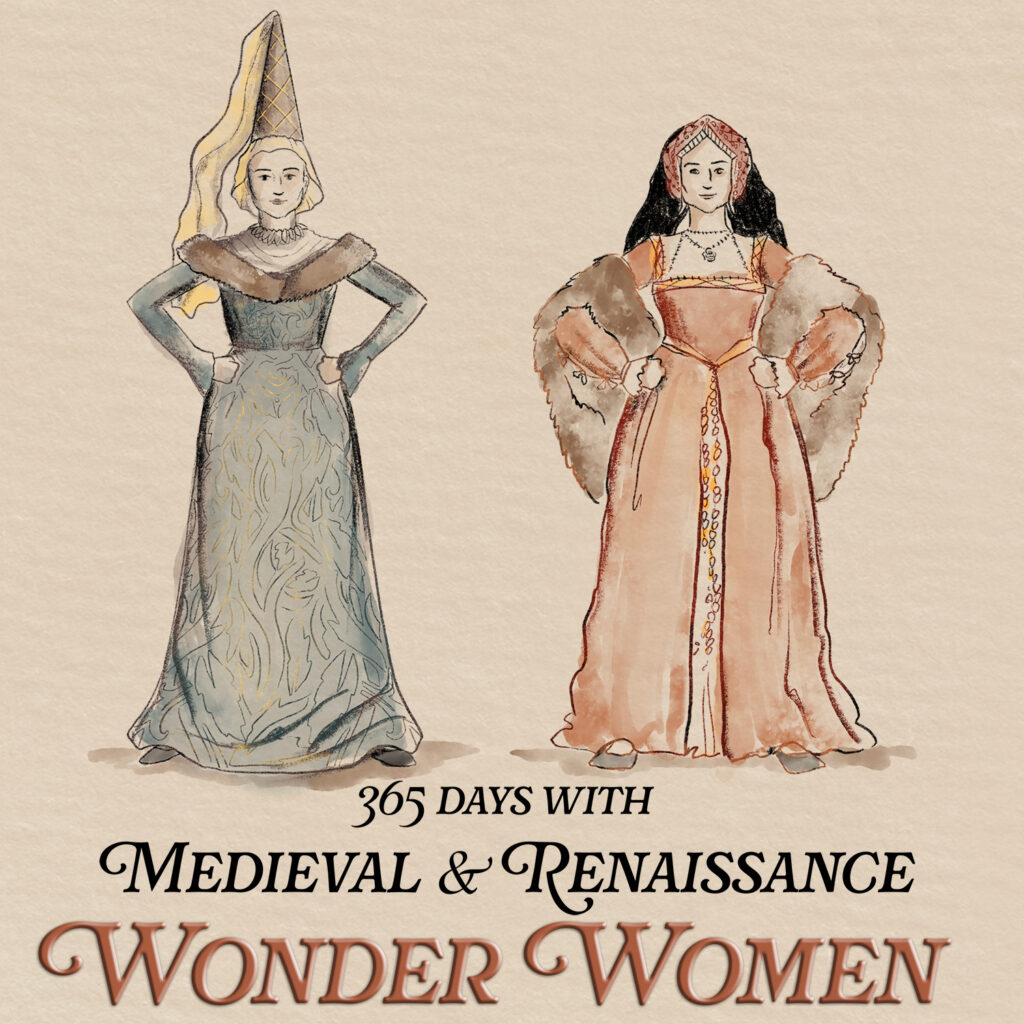
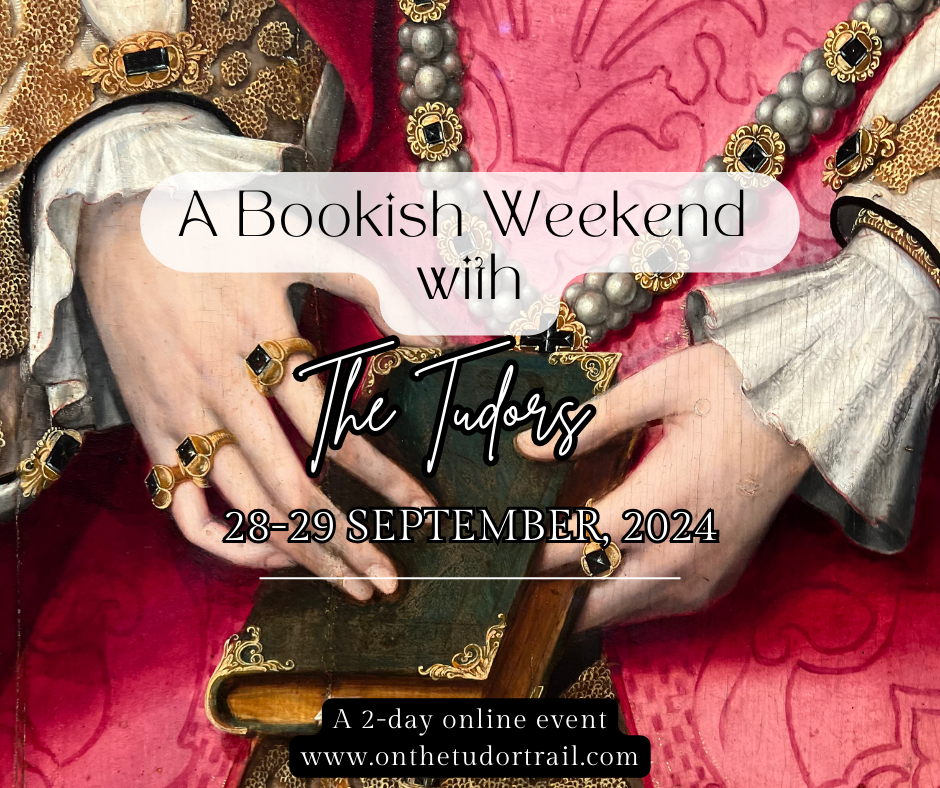
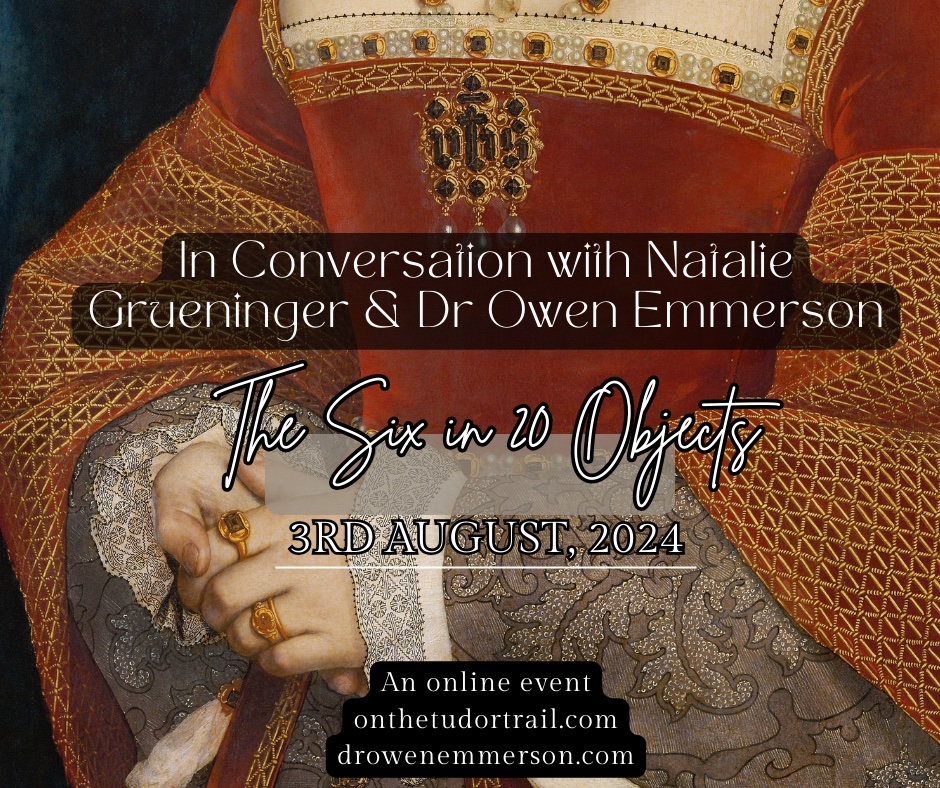
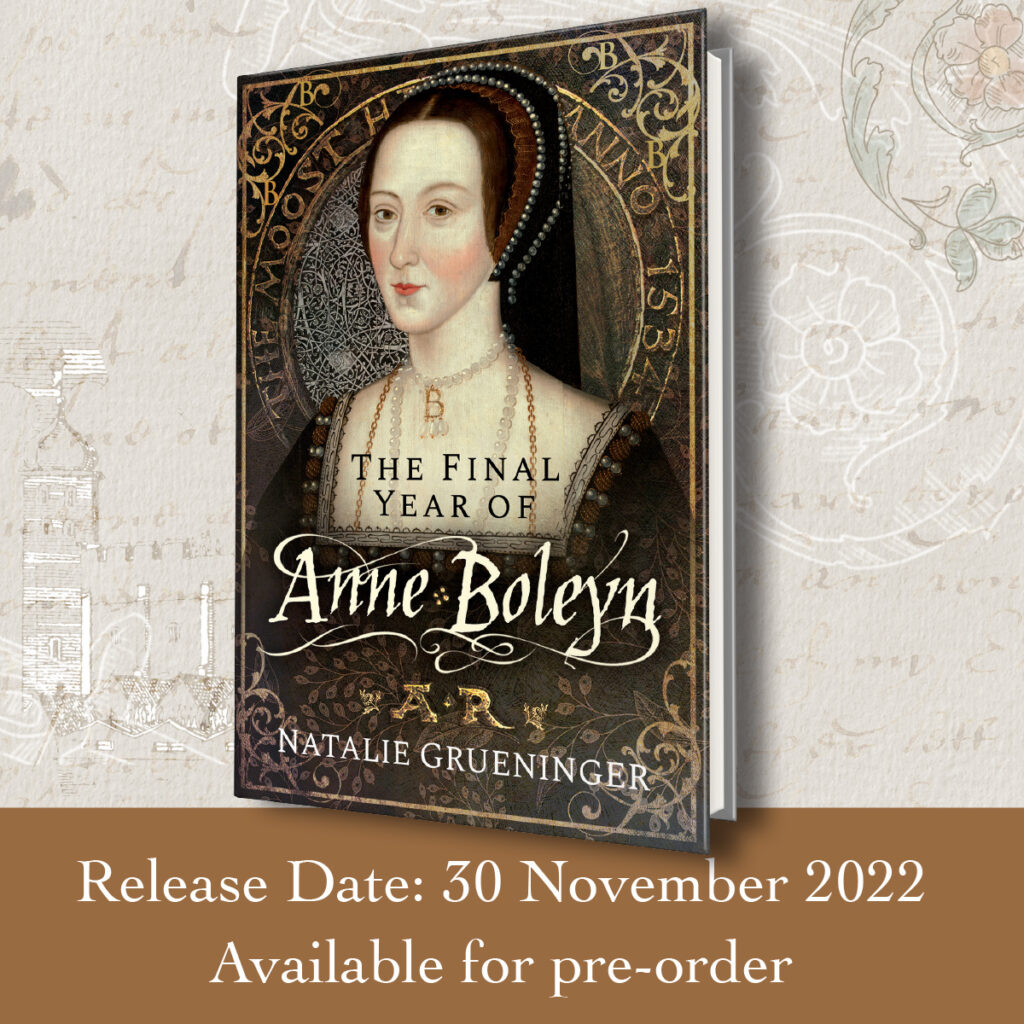
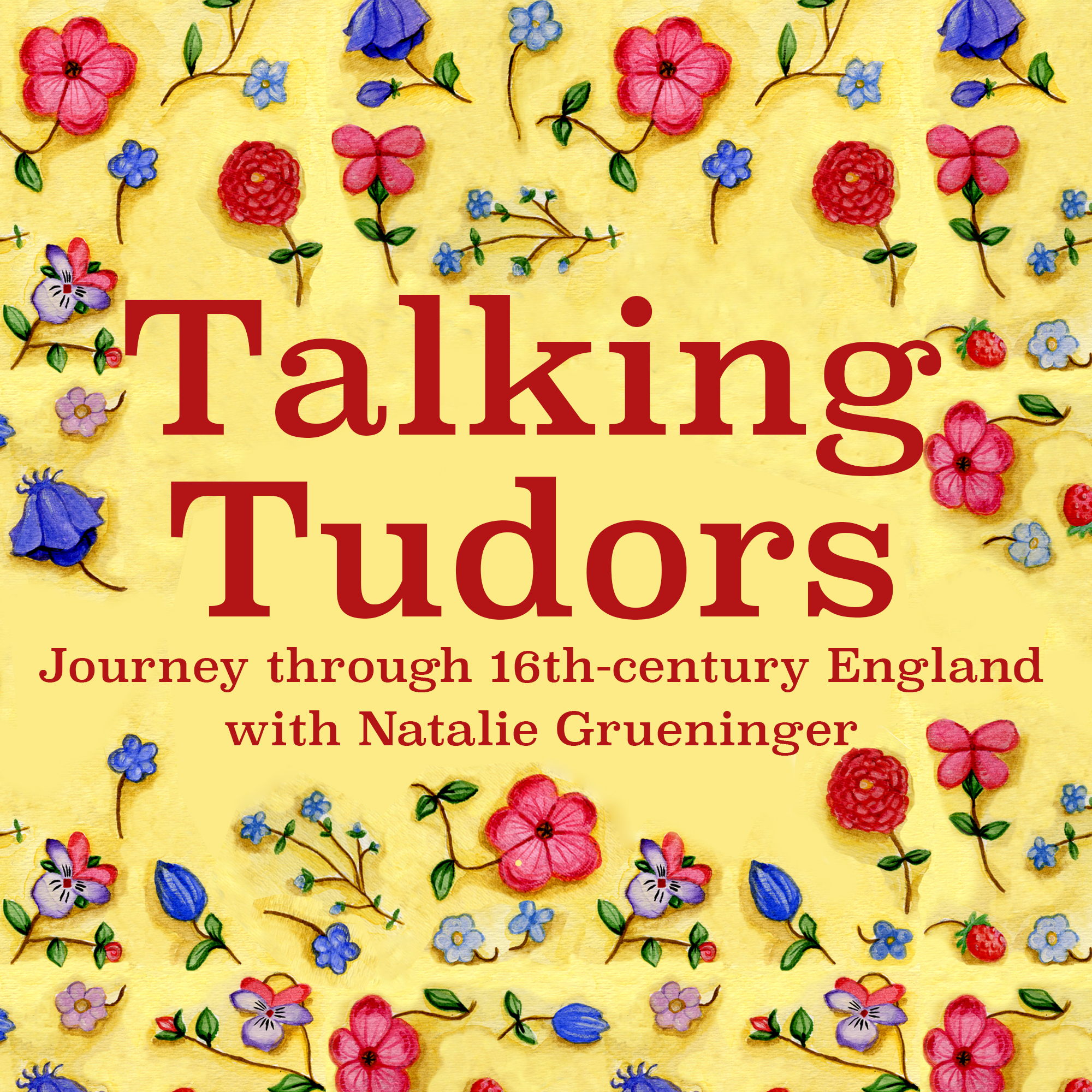

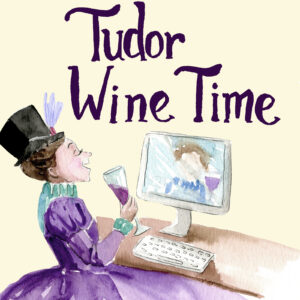




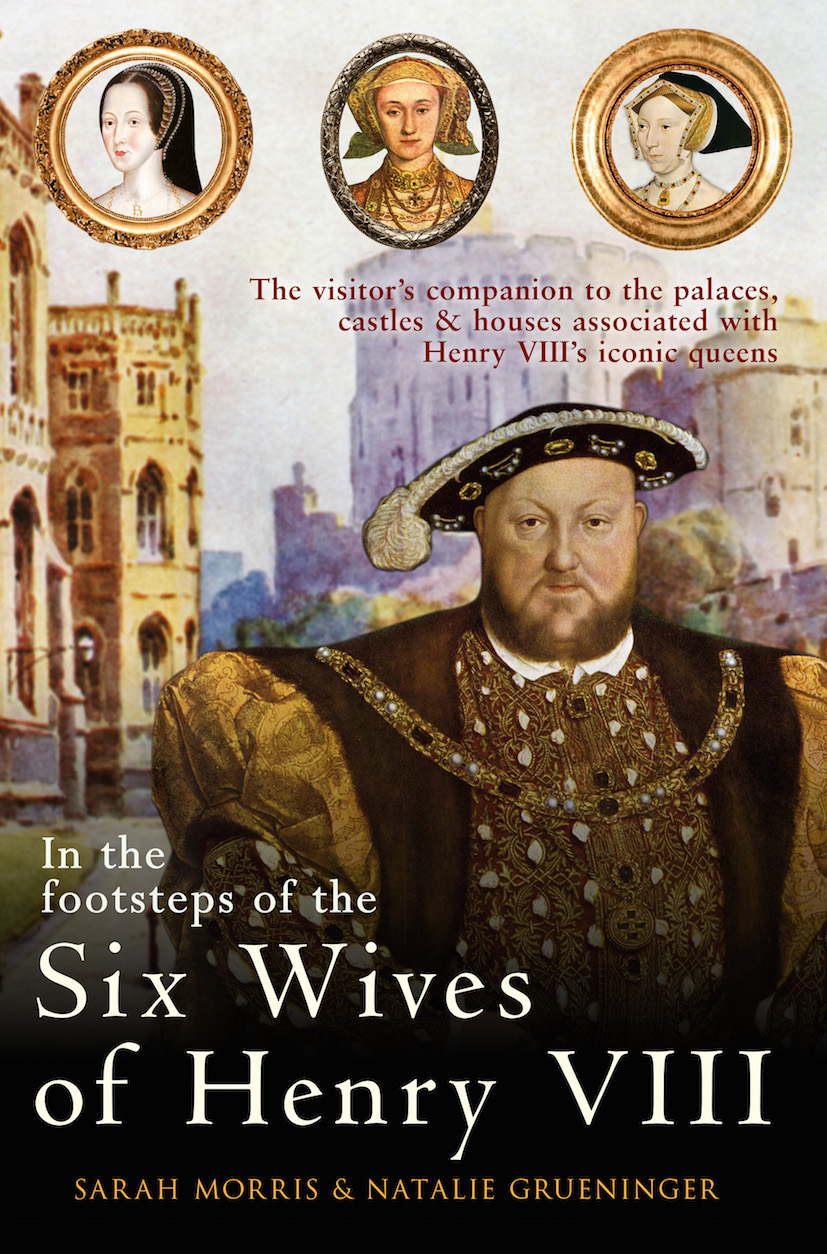
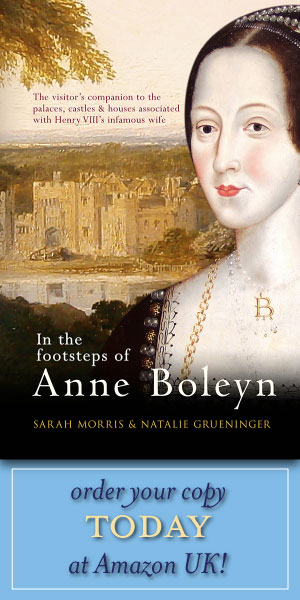


I am a former pupil of the wonderful building that is Carew Manor School. I have always been very fasinated by the building itself and the history of it. I enjoyed my time there very much and even to this day, I still sometimes think about my time there and miss it. The teachers there were great. I would certanly recommend it to any parent.
I am also a former pupil of Carew manor school my time there was 1983 – 1989 where I transfered to another special needs school in Berkshire not as good as Carew manor school though. When was you a pupil there from Steven
I did my first 2 years at Carew Manor in the mid 60s walking up to the main school as necessary. I had ‘Greatrex’ Evans for English but never knew the ‘David’ bit. Odd thing I remember about him – he wrote with his right hand but wrote on the blackboard with his left! Also remember ‘Jake’ the Headmaster announcing auditions for ‘If’ down at the Manor. I didn’t audition!
I live in Wallington only up the road from Beddington Park and Carew manor. I did a course there ( SCOLA) in the manor on the Bronte sisters. What a fascinating building. Social and local History I am very interested in and I believe Nicholas Carew was executed for treason by Henry V111 and another of the Carew’s not sure which one went down with the Mary Rose Henry V111’s flag ship when it sank.
I have since discovered the Carew who died on the Mary Rose was George Carew.
I wonder if the story about one of the Carew’s maybe Nicholas beating Henry V111 at bowls at Carew Manor is true and Carew’s execution for treason later on. If so I think his fate was sealed when he beat Henry V111. I have been looking into the Carew’s more lately and it seems Nicholas Carew was a relative of both Henry V111 and Anne Boleyn. Most of the so called aristocracy then and still today are related in some way to the monarch in this country.
I find it interesting that many articles about the history of Carew Manor fail to mention that in the period from approximately 1960-195, and possibly a bit wider than that, the North (as I recall) wing of the Manor was used as overflow accommodation for pupils of what was then Wallington County Grammar School for Boys. For my first two years at that school, our form rooms were at Carew Manor (and we had daily assembly in the amazing Great Hall), but often between lessons we would have to dash through Beddington Park or along Croydon Road to the main school building. Looking back, I am astonished that most of our teachers, including the history master, took absolutely no interest in the history of the building! The glowing exception was our English teacher, Mr. Greatrex-Evans, who also enlivened our English lessons by bringing in a flint-lock pistol to illustrate the origin of the term “flash in the pan”! I also participated as a volunteer on an excavation (approx. 1966) of the fairly modest Roman villa in the land of the sewage Farm adjacent to Carew Manor.
I was there for my first 2 years at Wallington Grammar 1958- 1960. We had to use the freezing outdoor swimming pool
I learnt to swim in that pool, pretty cold with floating wasp hazard. 1961-62. The great hall is spectacular but not acknowledged when I was there either. There’s a huge relief mural of cannon and cannon balls at one end and I think the family arms at the other. Greatorex was also one of the English masters at the time. He had a few stock phrases. If no-one responded to a question, ” No answer was the stern reply, treated with total ignore!”. How about Bert Scotcger for Latin? Scary.
My aunt, Dorothy Duffner nee Powell, was an inmate of the orphanage at Carew Manor after the death in the early 1900s of my grandfather, the breadwinner. She hated the place, which was very cruel, and was being prepared for “sale” to an aristocratic family as a servant at 13 years. She recalled scrubbing the whole of the floor of the great hall, with another little girl, on their knees. The hall was featured in the Lindsay Anderson film “If”.
I attended Sherboune School on the Croydon Road, now I think the Link School between Sept. 1960 and July 1963, our headmaster was Mr Nunn. During the summer term we used the swimming pool which was sited at the lefthand side at the back of Carew Manor. It was once open to the public so I am told, but in my time just schools had the use of it, and it was always freezing cold. If you look you can still see the “footprint” of the pool, its raised up grass, at the back left hand side by the high brick wall shows where it was, and it probably is still there, just filled in, fountain and changing rooms were removed. Often you would be swimming along and meet with a Frog having a dip and a change from the River Wandle near bye. This was possible because one side was open to grass for Sunbathers and the Wandle was there. It was always Friday afternoon at 1-45Pm. where we had to wait for our Headmaster by the iron gates, and then walk in a well behaved manner to the pool.
As previously mention by another author the building was part occupied by first year boys from Wallington County Boys School and also a special school for children with learning disabilities and Downs Syndrome.
Many years later (about 8 ) when a friend of mine, mother told me she was an orphan, at the Orphanige, Carew Manor at the age of about six to about ten, around about 1910, there were reports of ghostly sittings at the Top Landing of the Main Staircase. It had been reported to the Matron in charge, but would not accept anything was going on, and ignored the stories. So one late night the children got courage together and woke and forced the Matron to come to the area where these sightings had taken place. The Matron left shortly after this experience,?????. When I was told this story, about 1970 the lady had no idea that I knew this area quite well, we lived about 20 miles away from Beddington. The ghosly vision was reportedly Sir Walter Raleigh. ????.
See previous. My aunt must have been a contemporary of your friend’s mother. She never mentioned a ghost or the midnight escapade, however. She did mention that a little girl who died at the orphanage was buried in the grounds, near to an entrance gate. If the little girl is not haunting the place, my aunt certainly is! She also said that the orphans were moved out of the building for a time because of German bombing during the First World War. This surprised us but I have learned more recently of the extent of the bombing and the fear that it generated. Apparently, there was an open day once a year when benefactors and relatives visited and were given displays by the girls, who received an annual issue of oranges. My aunt was excluded one year because of a small error in her sewing – I wonder if the teacher responsible is still burning in hell. It would have been a chance to see her mother who had gone into service and could only take one child with her.
Having just spent 6 hours at the fascinating Mary Rose, I found this thread when I wanted to find out more about the connection between George Carew, the gentleman whose promotion to Vice Admiral the day before Mary Rose set sail on that fateful day was perhaps not his best career move!
Digging through a comprehensive genetic site for the Carew family, it would appear that the sailor George’s family, based in Devon, had a common ancestor in Nicholas de Carew, born 1253, in Moulsford, Berkshire. His son, Sir John, born 1283, effectively founded the, eventually, Devonshire based line, leading to George, and another son, Sir Thomas, born 1292, had a son, John Carew of Beddington.
I have been interested in the other personal reminiscences, as I, too, was at Wallington Boys, and spent the first two years at Carew Manor, although I never realised that Henry VIII had walked the same floor in the hall as we did each morning, and I wished I’d known that when we hired the hall for a couple of memorable occasions. David Greatrex-Evans was my uncle, although he never taught me in those first years, and I was there when the scenes for If were filmed, and a classmate was chosen to take part in the action, although he never made it past the cutting room floor, with only about five seconds of other footage actually making it into the final cut.
Finally, I was at Sherborne School with Alan Rendall and can vouch for the interesting experience of trying to swim in that open air pool, the combination of cold water and excessive amounts of chlorine used to keep the wild life at bay meant that not all my memories were that pleasant!
I was a member of “THE CAREW MANOR” players for a while in the company of May & Ken Bishop-he later became Mayor of Sutton.
Peter Watson-Journalist & Astrologer –
Roy Addison- Thames TV-Carlton TV also -I believe
I left the UK in 1981 and became a broadcast journalist in Bahrain-working directly for the then
Amir-Sheikh Isa Bin Sulman Al Khalifa
There were many members of the players not mentioned here.
I am also descended from Dorothy Batts who married Theodore D’Aubigny-grandson of Theodore Agrippa D’Aubigny and the long line associated with The Carews.
Couple of small things in response. I also was at CM for my first 2 years in the mid 60’s. Remember Your uncle well but was not aware of the ‘David’. Odd thing I remember to this day. He wrote with a pen with his right hand but wrote on the blackboard with his left. Yes I remember ‘Jake’ the Headmaster at the main school telling us If was going to film some scenes there and did anyone want to audition? I didn’t I have to say!
I am researching my great-great grandfather and his brother who were gamekeepers around the 1850s on the Carew Estate. They lived at the keeper’s cottage on Plough Lane. I believe there is a book about Carew Manor which gives some history of the house. Has anyone heard about it?
Can the Carew Manor be returned to the family? Is there any bloodline there currently taking care of the Carew Manor?
Nicholas Carew was my 12xGt Grandad. He was beheaded by King Henry 8th for treason as he supported Lady Mary, Henry & Katherines daughter, to become heir to the throne after Henry died. There is a memorial in St Botolphs church Aldgate London to him & to Lord Thomas Darcy, who was also my 12x Gt Grandad, who also lost his head to Henry in 1537 for treason by being included in The Pilgrimage of Grace where the land owners & people of the North rebelled against the dissolution of the monasteries.
I was a first-year at Wallington County in 1955-56, and have great memories of my time there. Our form teacher was Len Reynolds, author of ‘Gunboat-658’, the story of his time in WW2. Like an earlier contributor, I had Mr Evans for English in a later year. He was another of those outstanding people one cant forget, not least for his unusual teaching style! I remember having PE and Highland Dancing in the ‘gym’, where I was ‘bumped’ on what must have been my 12th Birthday, in Jock Ireland’s class. I cant remember exactly where the gym was, but I think we had to go out of the main classrooms and around the front of the Manor to get to it? Can anyone pinpoint it? What a wonderful place to start one’s secondary education.
I was at junior school at Holy Trinity, in Bute Road. During my time there we were taken on a trip to Carew Manor by one of those memorable teachers, Mr Langridge, a man who managed to make learning a pleasure. Whilst at Carew Manor we were taken down into the priest tunnels that ran from the Manor to various places, including the Dukes Head public house at Wallington Green. We were prepared and the lights were turned off. I can still remember the feeling of the thickness of the absolute darkness. I understand these are now closed as they are unsafe. I also recall that Carew Manor had the first orangery in the UK. Beddington Church was rumoured to have the heart of Sir Walter Raleigh and the head of Anne Boleyn. A high church, not only does this have a fabulous rood screen, I also had the pleasure of brass rubbing there, again with Mr Langridge. Happy memories.
Nicholas Carew was my 13 greats grandfather. How do I go about reclaiming the manor?
Just a gentle joke, as you probably understood. I hope to at least visit someday.